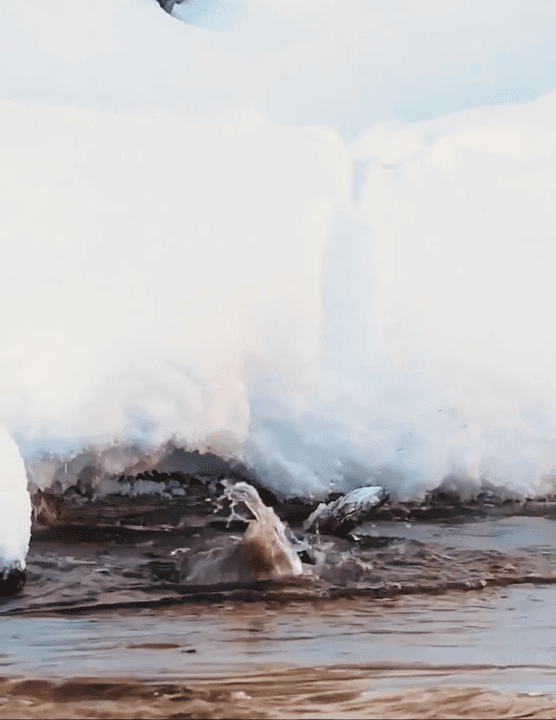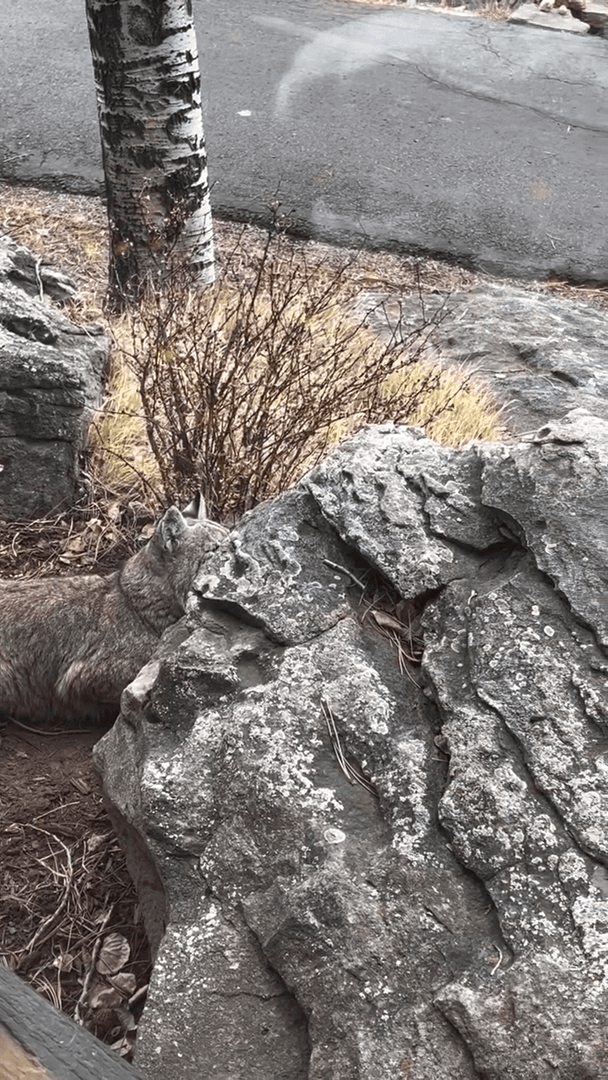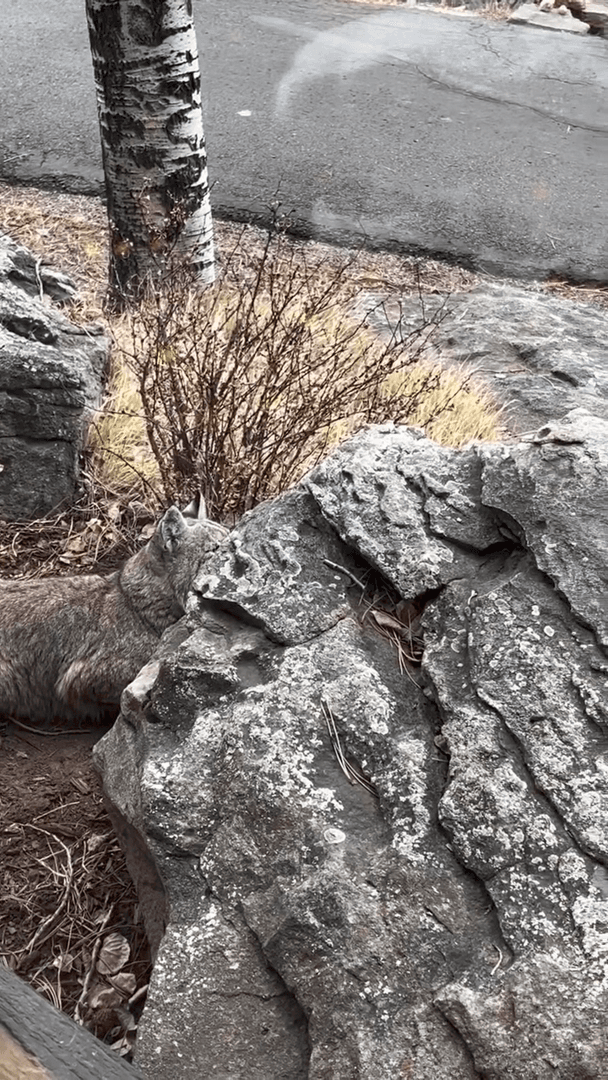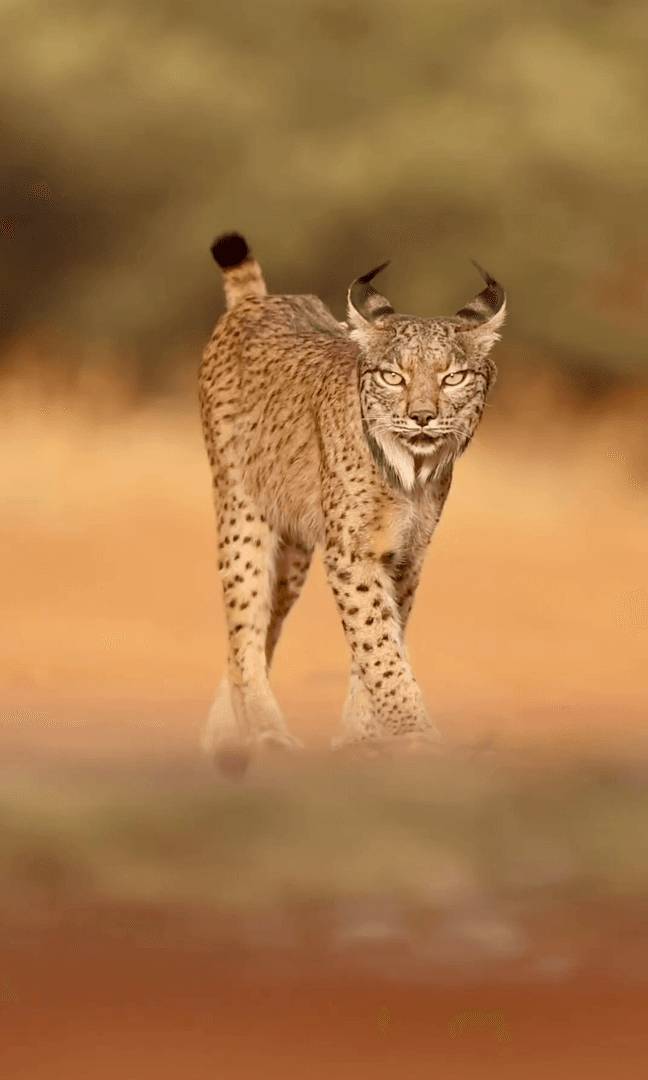
Lynx hunting requires careful preparation If you intend to go lynx hunting, you should start tracking lynx movements immediately after the first snowfall. This way the hunters can find out the number of lynxes in the area and the structure of the population. A keen eye is needed in deciphering lynx tracks, as the lynx likes to take advantage of hard pathways formed on the snow during soft snow season. In lynx hunting one hunter acts as a beater chasing the animal towards the shooters, or you can use a dog. Dog breeds that like to go after foxes will usually also eagerly chase lynxes. Big game dogs with pointed ears are also well suited for lynx hunting. A shotgun loaded with 4 mm shot is a good weapon for the purpose. A snow suit allows a shooter to better blend in with the wintry landscape. The lynx has excellent hearing. One should always remember this during a hunt. The shooters must remain as quiet as possible as they lie in wait. The lynx picks up gun loading sounds, the creakin
Post: 29 November 18:15

























